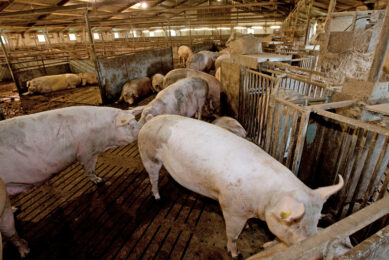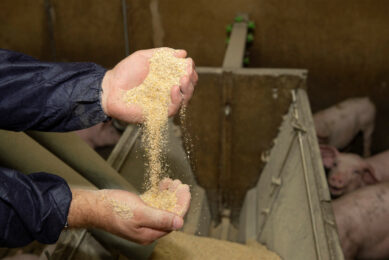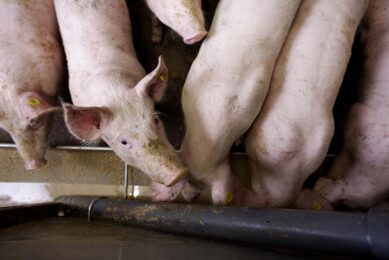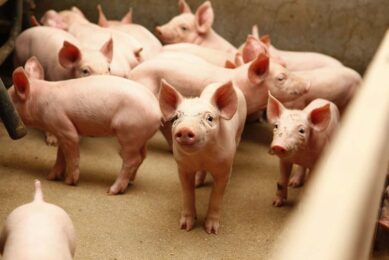Pork and Mexico – a relationship of centuries
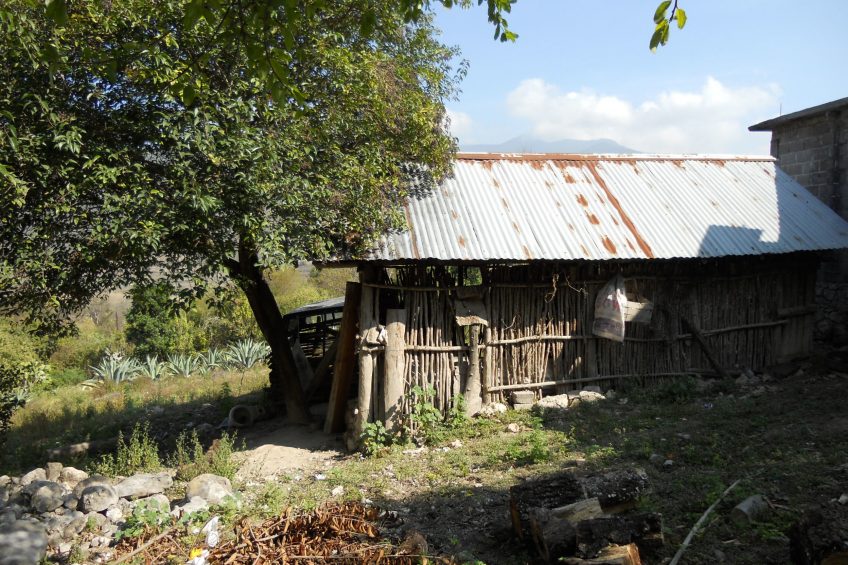
Mexico, host of the 23rd IPVS Congress, has a long history with pork production. The country is one of the major pork producers in the Americas. What is the current state of the country’s pig industry?
Mexico is a country with a total area of 5,114,295 km2, of which 1,964,375 km2 land area, and 3,149,920 km2 is sea surface. It is the fifth country in the Americas according to its surface. Mexico is bordered on the north by the United States (USA) and on the south by Guatemala and Belize, the east borders with the Gulf of Mexico and the west with the Pacific Ocean. The number of inhabitants is 120 million people.
The country has several types of climates: Tropical wet, humid sub tropical, dry, arid, and continental; including warm and cool summer. Mexico is one of the most biologically diverse countries in the world: Between 10 and 12% of the planet’s species can be found in Mexico, with more than 200,000 species totally.
It is also a multicultural nation because of its large number of indigenous people. In 2012 it was estimated that an indigenous population of about 15 million people grouped into 65 ethnic groups of which the majority retains its own language.
Pigs & Mexico
Although pork has been an important part of Mexican cuisine since the colonial era, no pigs existed before the Spaniards arrived in America. The first pigs came to the New World on Christopher Columbus second voyage, and Hernán Cortés introduced them to Mexico. Many of these pigs were of Iberian, Neapolitan and Celtic origin and became wild.
There is also evidence showing that pigs also arrived from China, but these did not go further than the Mexican Pacific coasts. The crossing of the first breeds that existed in the country gave rise to the ‘Mexican hairless pig’ which was the most common swine breed until the early twentieth century.
Between 1884 and 1903 the first Duroc and Poland China pigs were introduced to Mexico from the United States, then between 1910 and 1930 European breeds such as Berkshire, Chester White, Hampshire and Yorkshire were imported. In the fifties Landrace pigs were acquired in order to improve productivity in the country. Since then the Mexican pork industry has undergone fundamental changes in its production systems. Currently, 70% of the pork comes from specialised farms.
Since 1960, the health status of the swine population change substantially with the implementation of campaigns to control and eradicate major diseases of pigs, such as Foot-and-Mouth Disease (FMD), Classical Swine Fever (CSF) and Aujeszky’s Disease (pseudorabies). In the present, the country is free of FMD and CSF; regarding Aujeszky’s disease, the country is 80% free. The national surveillance system has reported between 2006 and 2010 an average of 465 cases of Aujeszky, 1,081 outbreaks of Porcine Reproductive and Respiratory Syndrome (PRRS). Transmissible gastroenteritis, leptospirosis, parvovirus and circovirus have been reported sporadically from samples sent to laboratories. This information provides the health status of the main pig producing areas and helps establishing control measures. This control measures have benefited production as well as national and international trade.
The national porcine inventory is estimated to be 15,800,000 head, ranking eighth worldwide. Regarding pork, Mexico produces 1,238,625 tonnes positioning itself in seventh place in world production after China, the EU, the USA, Brazil, Russia and Canada. Due to shortage of pork in the domestic market, imports of 574,000 tonnes were required in 2013; producing for exports is limited to only to 84,000 tonnes per year. Mexico ranked fifth in imports of pork and seventh in pork exports in 2012.

Production systems
Intensive farming of the Mexican pork industry sector maintains productivity indicators and meat quality as in first world countries. Currently, three production systems can be identified in the national pig production:
• Intensive pig farming: Characterised by being vertically and horizontally integrated, having the latest technology, receive ongoing counseling in breeding and nutrition from specialised firms, artificial insemination performed at 100%, high biosecurity, animal slaughter certificate trails, animals produced in this system are suitable for export.
• Low intensive pig farming: Including those farms with different levels of technology, genetic improvement is not constant, the production parameters are acceptable, they have sanitary measures that could be improved, the slaughter of animals is not always performed in certified trails.
• Family farming: This are places where the production is performed without animal breeding. Usually found in rural populations, they are considered an excellent source of animal protein for consumption or sale in local markets.
Pork producers are organised into two major groups, the confederation of Mexican pork producers (Confeporc) and the organisation of pork producers (Oporpa). Their mission is to represent the interests of pig farmers associations of the different states of the Mexican Republic aiming for linking the sector with government agencies related to the food chain industry and research area. They also provide legal and technical advice, as well as for business growth.
Recently, animal welfare issues have become important both locally and globally by the pressure consumers to make production within animal welfare practices, especially regarding transport and slaughter. The national pork producers are aware that they must provide animal welfare through appropriate facilities, specialised nutrition and an environment favorable to improve the health of animals and consequently improve productivity. Thus, the consumer may obtain pork and its by-products with high quality.



